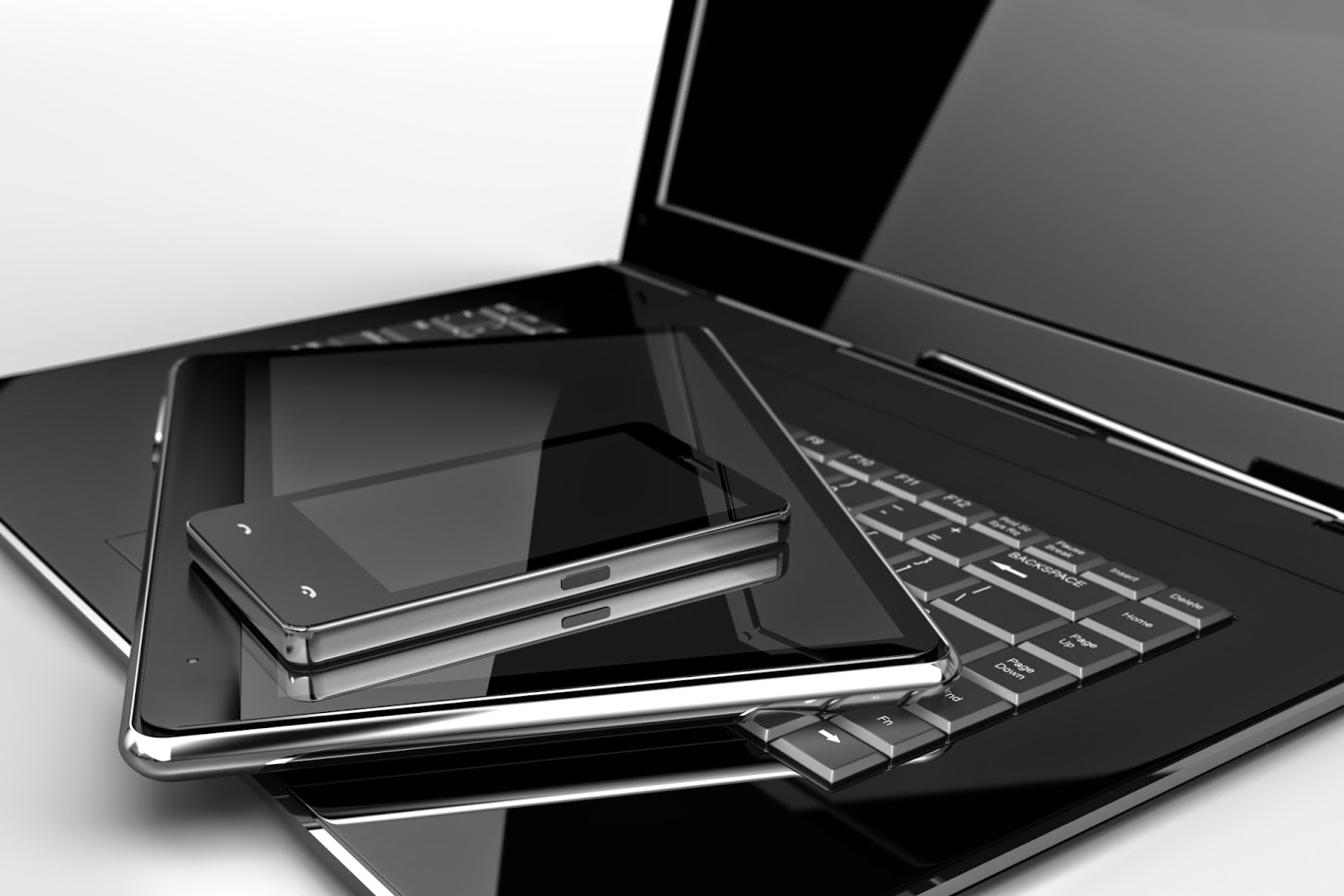
Many of my clients have asked, "what is the most secure file architecture for Enterprise Mobility?" Well, to be honest, when it comes to mobility, there's no guaranteed security because mobility is a rapidly evolving industry.
But, educating your mobile users will be key. Letting them understanding how you secure and use your mobile storage wisely, be it personal or enterprise usage.
Just recently, my counterpart in MobileIron has sponsored an article with CIO.com. The article can be downloaded from Infographic: Security for the Mobile First Era.
Well, in a very summarized explanation, open file architecture is typically to what we have traditionally used for Androids, PC etc. Where apps and files are freely communicating with each other. Often times, this is very convenient for users, especially in mobility, where you want to share files with various apps/platforms easily. Apple is famous for its sandboxing technology with Mac OS and iOS have been deployed with this technology quite successfully. That is why we still consider iOS as the most Enterprise-ready platform available.
Hence, in an open file architecture, the first thing in our mind is always getting an Antivirus because you do not want any external threats from attacking your file and system. However, Antivirus is not often mentioned in a sandboxed environment because, in the events of any malicious apps detected, it will not be able to spread to other parts of the system as it was contained in its own sandbox.
What are the solutions out there to be considered? Well, some EMM players have already built-in their own Mobile File (or Content) Management technology into the complete package. MobileIron has Docs@Work which is rather useful. Other players like AirWatch (Secure Content Locker), Citrix (ShareFile) etc. have their own MFM/MCM technology as well.
Else, you can opt for tech players which are focused purely on Mobile File Management system, such as EMC, Acronis etc. Please refer to the Gartner Magic Quadrant for Enterprise File Synchronization and Sharing.
So yeah, when it comes to considering solution, do take note whether or not your enterprise requires a MFM system or the entire EMM system to cater Bring-Your-Own-Device (BYOD) as well. This is key because I do not want you to spend over your budget just for a basic requirement.



.PNG)








_thumb.png)


